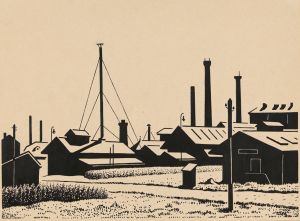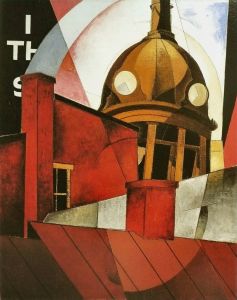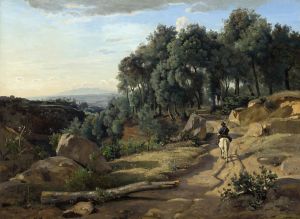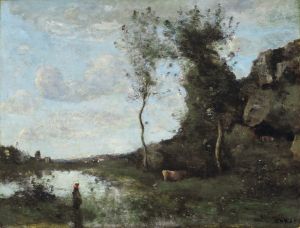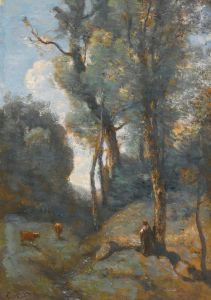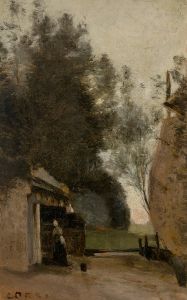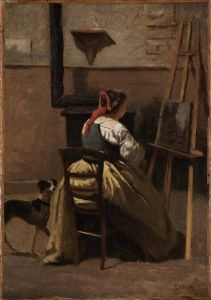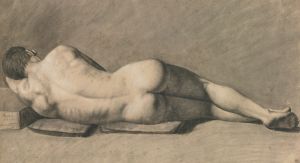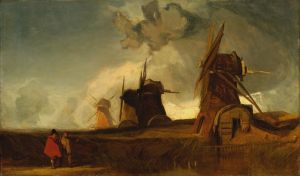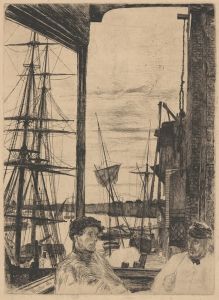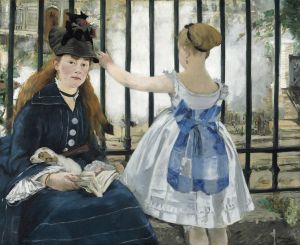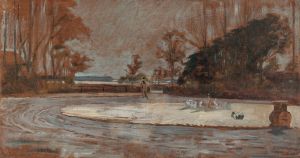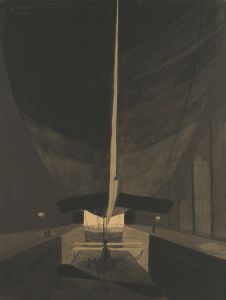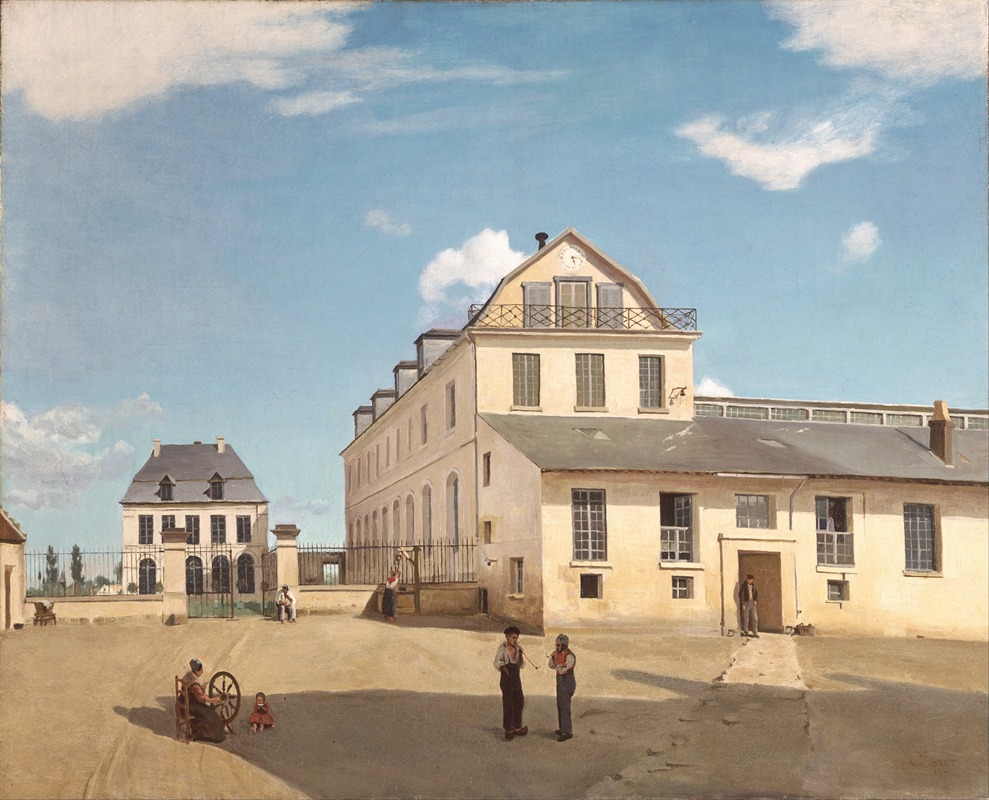
House and Factory of Monsieur Henry
A hand-painted replica of Jean-Baptiste-Camille Corot’s masterpiece House and Factory of Monsieur Henry, meticulously crafted by professional artists to capture the true essence of the original. Each piece is created with museum-quality canvas and rare mineral pigments, carefully painted by experienced artists with delicate brushstrokes and rich, layered colors to perfectly recreate the texture of the original artwork. Unlike machine-printed reproductions, this hand-painted version brings the painting to life, infused with the artist’s emotions and skill in every stroke. Whether for personal collection or home decoration, it instantly elevates the artistic atmosphere of any space.
Jean-Baptiste-Camille Corot's House and Factory of Monsieur Henry is a painting created by the renowned French artist during the 19th century. Corot, a pivotal figure in the Barbizon School and a precursor to Impressionism, is celebrated for his landscapes that blend realism with poetic sensibility. This particular work exemplifies his ability to capture the interplay of light, atmosphere, and structure within a natural setting.
The painting depicts a modest house and an adjacent factory, presumably belonging to a figure identified as Monsieur Henry. The scene is rendered with Corot's characteristic soft brushwork and muted color palette, which lend a tranquil and contemplative quality to the composition. The juxtaposition of the industrial factory with the surrounding natural environment reflects the changing landscape of 19th-century France, a period marked by increasing industrialization and its integration into rural settings.
Corot's approach to this subject matter demonstrates his interest in documenting the coexistence of human activity and nature. While the factory introduces an element of modernity, the overall tone of the painting remains serene, suggesting Corot's focus on harmony rather than conflict between these elements. His treatment of light and shadow, as well as his attention to detail in the architecture and surrounding foliage, underscores his mastery in capturing the essence of a scene.
The exact date of the painting's creation is not definitively known, but it is consistent with Corot's broader body of work, which often featured rural and semi-industrial landscapes. As with many of Corot's works, House and Factory of Monsieur Henry is believed to have been painted en plein air, a technique that allowed him to observe and depict the effects of natural light directly.
The painting is currently housed in the Musée du Louvre in Paris, France, where it is part of the museum's extensive collection of 19th-century art. It is regarded as an important example of Corot's transitional style, bridging the gap between the classical landscape tradition and the emerging modernist movements.
Beyond its aesthetic qualities, House and Factory of Monsieur Henry offers insight into the socio-economic transformations of its time, as well as Corot's personal vision of the evolving relationship between humanity and the natural world.





